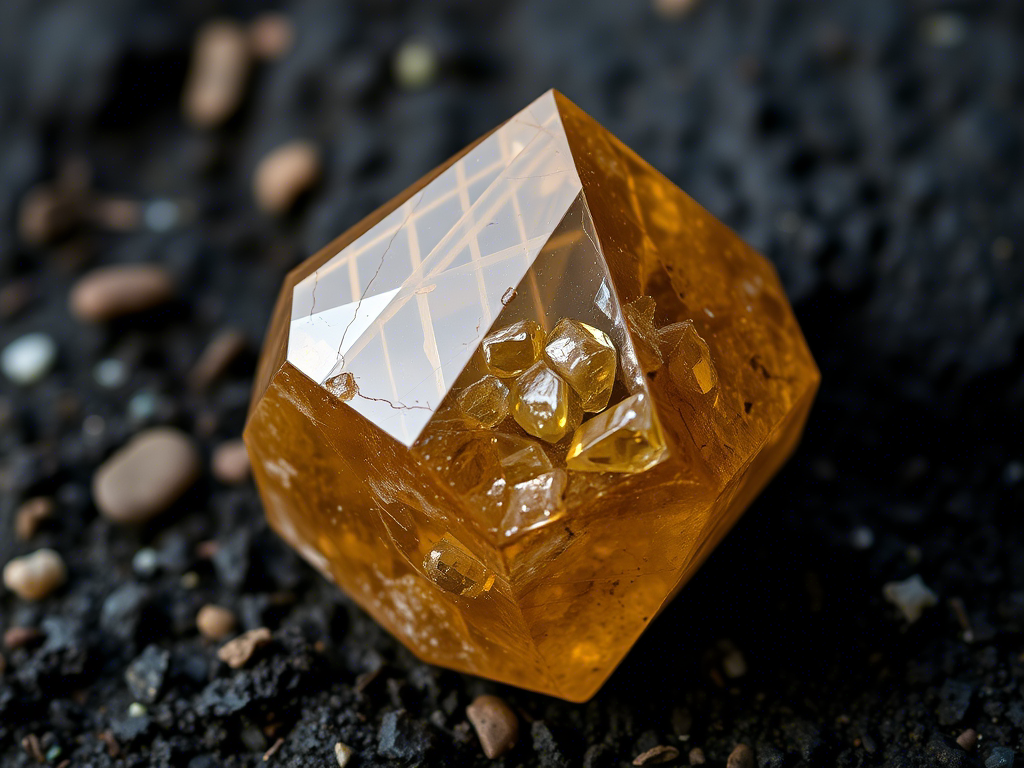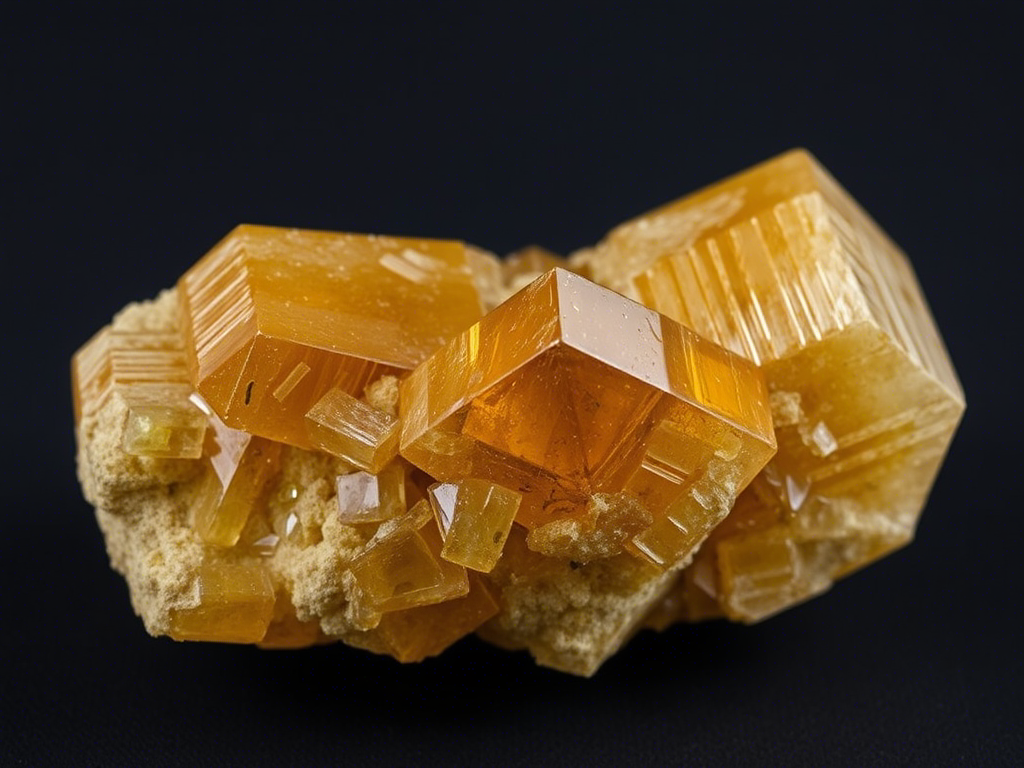🌍 Siderite (FeCO₃), a captivating iron carbonate mineral, combines geological drama with industrial grit. From Austria’s Erzberg mountain—an entire peak of siderite—to its delicate rosette crystals, this mineral tells tales of hydrothermal alchemy. Dive into its formation, global sources, and why it’s a metallurgist’s favorite!
Siderite 101: Key Properties & Identification
FeCO₃ – The Science of Carbonate Iron
Siderite forms via hydrothermal metasomatism, replacing limestone with iron-rich solutions. Key attributes:
| Property | Details |
|---|---|
| Hardness | 4 on Mohs Scale |
| Density | ~3.9 g/cm³ |
| Crystal System | Rhombohedral |
| Streak | Colorless |
Pro Tip: Its rhombic crystals often cluster into rosettes—a collector’s dream!
Formation & Global Hotspots

1. Erzberg, Austria: The Iron Mountain
- A limestone mountain transformed into siderite via hydrothermal replacement over 1,200 years.
- Still mined today for high-purity iron.
2. Aluminosiderite (Phésidérite)
Granular, dark gray-brown formations are found in coal basins like England’s operational sites.
3. Lobenstein & Tjambet
German and Czech localities yield drusy crystal groups prized by collectors.
Siderite vs. Other Iron Minerals
✅ Streak Test: Siderite = colorless; Hematite = red-brown; Limonite = yellow-brown.
✅ Reaction to Acid: Siderite fizzes in hydrochloric acid (unlike hematite).
✅ Crystal Habit: Rhombohedral vs. goethite’s needles or limonite’s earthy masses.
⚠️ Watch Out: Surface oxidation can mimic hematite—test with acid!
Industrial & Collector Value
1. Metallurgical Powerhouse
- Contains 48% iron—lower than hematite but prized for purity and ease of smelting.
- Used in steel production and as a flux.
2. Collector Gems
- Rosette Clusters: From Erzberg’s druses.
- Iridescent Specimens: Granular siderite with rainbow sheen.
🔗 Rakuten Picks:
Caring for Siderite Specimens
- Cleaning: Use a soft brush; avoid acids to preserve crystals.
- Storage: Keep dry to prevent surface oxidation.
FAQ: Siderite Demystified
Q: Is siderite magnetic?
A: No, but it may contain magnetic impurities like magnetite.
Q: Can siderite form gemstones?
A: Rarely! Most crystals are opaque, but translucent varieties exist.
Q: Why is Erzberg called the ‘Iron Mountain’?
A: It’s nearly pure siderite—mined since the 8th century!
🔬 Authority Backlinks:

